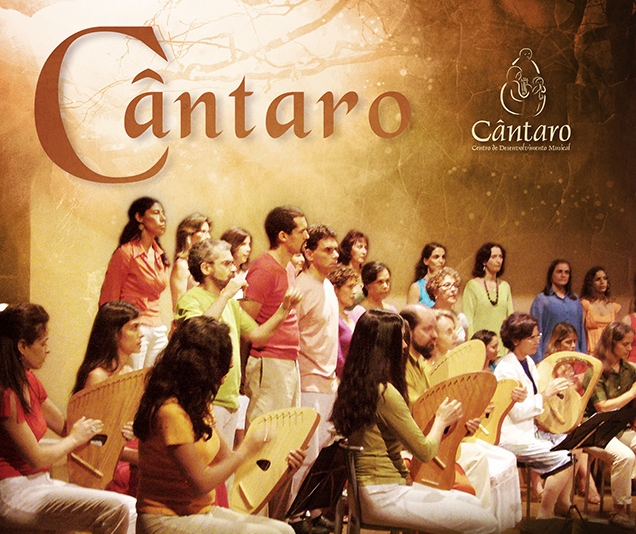Lyre Sounds from Harlemville to Zeist
/By Christina Porkert, Kinderhook, NY
Three years ago, during our return car trip from their first International Lyre conference in Detroit, my students Neasa, Tristan and Reese already pledged their commitment to attend the next international conference. To top it off, last summer the children reminded me that it was time to start preparing for Lyre 2018! Thus, a weekly lyre group was started and in April we offered a much appreciated concert which helped to defray the costs of the upcoming conference (see picture). The event was enriched by my former student Sarah Stosiek performing a solo from Bach’s Violin Sonata. It was an inspiring evening that continues to echo with future promise!
So we all traveled to Zeist and since I did not work with the youth group, I was fortunate to have taken part in a morning workshop on ‘how to conduct a lyre ensemble’ with Gerhard Beilharz. It was a small group of only five participants with very varied levels of experience, but all of us enjoyed it greatly. Gerhard shared some ‘warm-up’ exercises on how to help a group of lyre players create a ‘good sound’. When it came to practicing our own conducting skills, his fine observations and subtle corrections were most helpful. And what fun to have a caring, supportive lyre ensemble lovingly mirror your mistakes, though helping you to improve your own conducting skills.
In the afternoon I had the opportunity of offering a workshop entitled ‘Call and Response’. My group of half Japanese and half European (and one Australian!) participants were so full of enthusiasm and appreciation that time flew by. But we did work in depth on our theme – which was really centered around listening to each other. We improvised, learned C&R songs by heart and had fun playing “La Canobbia” by Floriano Canale (in eight parts!), which we also shared at the final plenum session of the conference.
Joy and enthusiasm are maybe the two key words which describe the overall feeling of the conference best and I was especially thrilled that apart from the ten Youth (aged 10 – 15) from the US, NL, DE, CZ, Brazil and China (see picture) also a fair number of young adults were among the about 180 participants.
It was gratifying to get the joy that the teenagers have experienced confirmed by talking with their parents. And I was told their enthusiasm for the lyre has surely increased – as, I dare say, it has for all of us participants!







